Apple Vision Pro M5 vs Samsung Galaxy XR (2025) — Detailed Comparison of Features, Specs, AI, and Experience
The next generation of spatial computing and mixed reality has arrived.
Both Apple Vision Pro (M5) and Samsung Galaxy XR mark a revolutionary step into the world of AI-powered XR headsets.
While Apple redefines its Vision Pro lineup with the powerful M5 chip, Samsung enters the arena with Galaxy XR, the first-ever Android XR device built with Google and Qualcomm.
Let’s explore how these two futuristic headsets compare in design, display, performance, comfort, AI features, battery, apps, and enterprise use, and which one truly leads the next era of immersive computing.
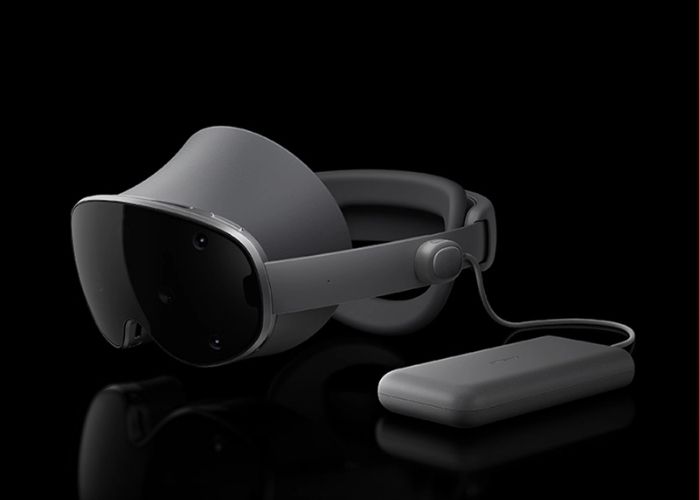
Design & Build Quality
Apple Vision Pro M5
- Built with aluminum alloy frame and magnetically attached Light Seal for a perfect fit.
- Features a Dual Knit Band — breathable, flexible, and counterbalanced.
- Includes a Fit Dial for head-size adjustment.
- Sleek premium finish typical of Apple’s craftsmanship.
- Slightly heavier at 750–800g, but optimized for comfort and balance.
Samsung Galaxy XR
- Lightweight 545g headset (plus 302g battery pack) for daily comfort.
- Ergonomic design with even pressure distribution across head and forehead.
- Detachable light shield for immersive or casual viewing.
- Battery pack is separate, making the headset itself compact and light.
Verdict: Samsung wins in comfort and weight balance, while Apple wins in premium design and material quality.
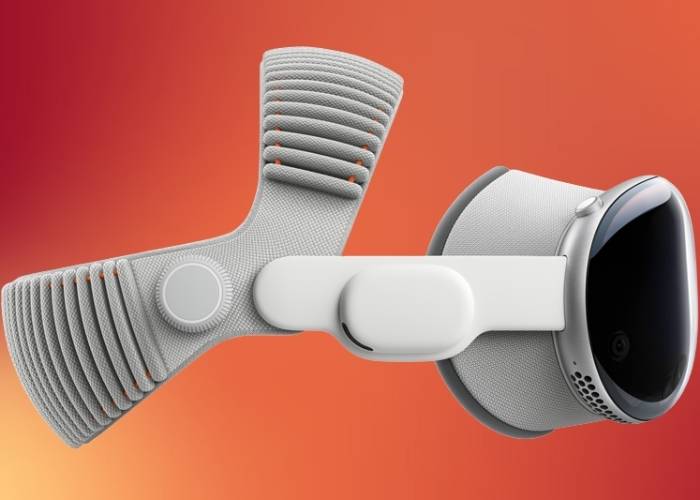
Display & Visual Experience
Apple Vision Pro M5
- Dual Micro-OLED displays with 23 million pixels combined.
- Resolution: Higher than 4K per eye.
- Color accuracy: 92% DCI-P3, up to 120Hz refresh rate.
- Environments feature offers immersive 360° sceneries like Bora Bora or Yosemite.
- Acts as a personal 4K theater, ideal for streaming and spatial video.
Samsung Galaxy XR
- Micro-OLED display with 3,552 x 3,840 resolution, 27 million pixels, and 95% DCI-P3.
- Refresh rate options: 60Hz / 72Hz / 90Hz (on request).
- Field of View: 109° (horizontal) and 100° (vertical) for a wide immersive view.
- Pass-through mode allows mixing virtual and real world seamlessly.
Verdict: Samsung’s display delivers slightly higher pixel count and wider FOV, but Apple’s higher refresh rate and color tuning offer smoother visuals.
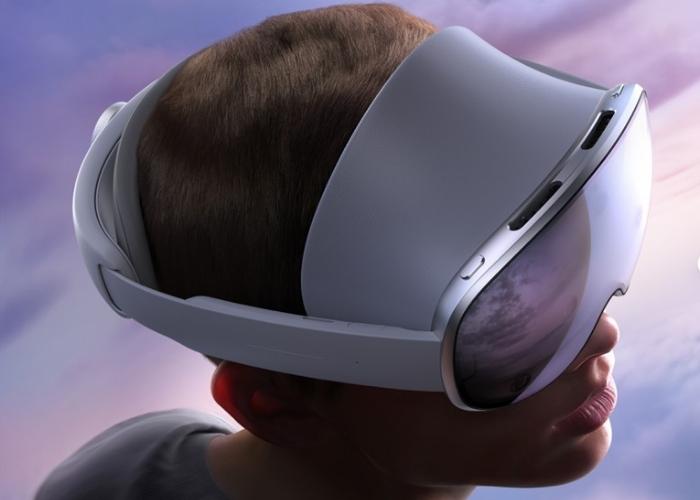
Performance & Processing Power
Apple Vision Pro M5
- M5 chip: 10-core CPU, 10-core GPU, 16-core Neural Engine.
- R1 chip: Handles sensors, cameras, and motion with 12ms latency.
- AI-optimized with Apple Intelligence for writing, summarizing, and 3D modeling.
- Runs on visionOS 26 — ultra-fluid multitasking OS for spatial computing.
Samsung Galaxy XR
- Powered by Qualcomm Snapdragon XR2+ Gen 2 chipset.
- Integrated Hexagon NPU for advanced AI computations.
- Supports Gemini AI at the system level for natural interaction via voice, gesture, and vision.
- Built on Android XR platform jointly developed with Google and Qualcomm.
Verdict: Apple’s dual-chip architecture (M5 + R1) gives it an edge in raw performance, while Samsung’s AI-first system with Gemini wins for multimodal AI integration.

Audio & Immersive Sound
Apple Vision Pro M5
- Personalized Spatial Audio with dynamic head tracking.
- Adapts to environment for natural blending of ambient sound.
- Supports Lossless Audio and ultra-low latency (H2-to-H2) with AirPods Pro 3.
- Built-in dual-driver speakers for rich, directional sound.
Samsung Galaxy XR
- Two 2-way speakers (woofer + tweeter) with Dolby Atmos.
- Six-microphone array with beamforming for clear voice capture.
- Realistic 3D audio in games, movies, and virtual meetings.
- Background noise cancellation supported by AI.
Verdict: Both deliver immersive sound, but Apple’s personalized audio tuning and Lossless support give it a slight lead.
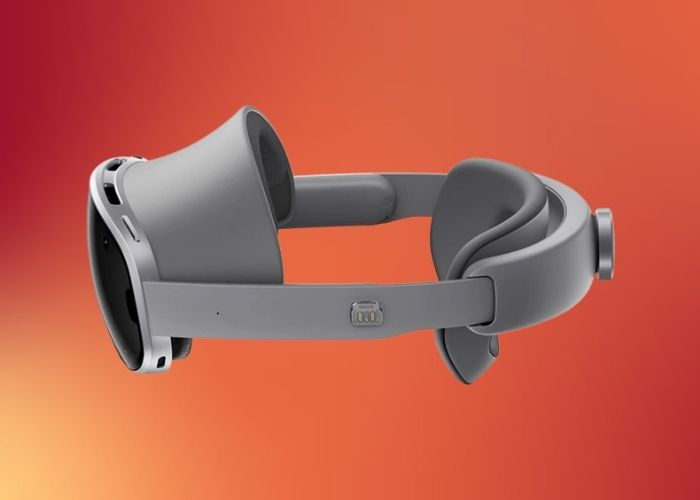
Battery & Usage Time
Apple Vision Pro M5
- External aluminum battery provides:
- Up to 2.5 hours of general use
- Up to 3 hours of video playback
- Can be used while charging via USB-C.
Samsung Galaxy XR
- Separate battery pack provides:
- 2 hours general use
- 2.5 hours video playback
- Also usable while charging.
Verdict: Apple Vision Pro M5 wins with slightly longer battery life and better charging convenience.
AI & Multimodal Interaction
Apple Vision Pro M5
- Runs on Apple Intelligence, offering systemwide generative AI.
- Integrates Siri, Image Playground, Genmoji, and Smart Summaries.
- AI-enhanced writing, message suggestions, and task automation.
- Eye, hand, and voice control powered by precision tracking and IR sensors.
Samsung Galaxy XR
- First Android XR device with Gemini AI deeply embedded.
- Offers real-time AI assistance via voice, visual recognition, and gestures.
- Understands user surroundings with cameras and sensors.
- Features like Circle to Search, AI-guided navigation, and 3D photo conversion.
Verdict: Samsung’s multi-modal Gemini AI feels more natural and human-like, while Apple’s on-device Apple Intelligence ensures privacy and ecosystem depth.
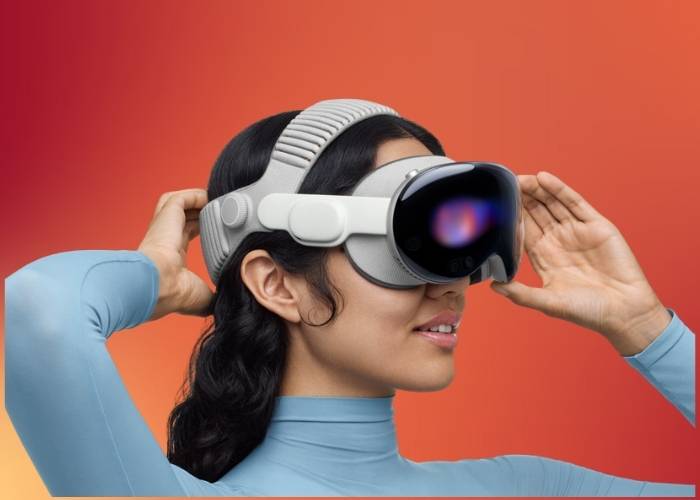
Apps, Software & Ecosystem
Apple Vision Pro M5
- visionOS 26 supports iPad, iPhone, and Mac apps seamlessly.
- App Store optimized for spatial computing.
- Supports Mac Virtual Display, converting Vision Pro into dual 5K screens.
- Productivity apps: Freeform, Notes, Safari, Messages, Mail, Keynote.
- Spatial gaming and multiplayer entertainment powered by Apple Arcade.
Samsung Galaxy XR
- Runs on Android XR, compatible with Google Play apps out of the box.
- Works with Google Maps, YouTube, Google Photos, and Circle to Search.
- Supports Unity, WebXR, OpenXR apps — developer-friendly and scalable.
- Partnered with Adobe Project Pulsar for 3D video creation and editing.
Verdict: Apple dominates with premium ecosystem integration, while Samsung offers open-source flexibility and developer freedom.
Entertainment & Gaming
Apple Vision Pro M5
- Immersive 3D movie experience, supports Apple Immersive Video (180° 8K 3D).
- Compatible with Apple TV+, Disney+, and Spatial Gallery app.
- Spatial gaming via Apple Arcade and PlayStation VR2 Sense controller.
- Multiview sports streaming: watch up to five games simultaneously.
Samsung Galaxy XR
- 4K Micro-OLED screen with auto 3D spatialization of 2D videos.
- AI-enhanced gaming — real-time coaching and voice-based gameplay support.
- Supports sports mode for immersive multi-game viewing.
- Combines real and virtual visuals using pass-through and AI perception.
Verdict: Apple Vision Pro provides higher-quality immersive content, while Galaxy XR brings a more interactive AI-driven experience.
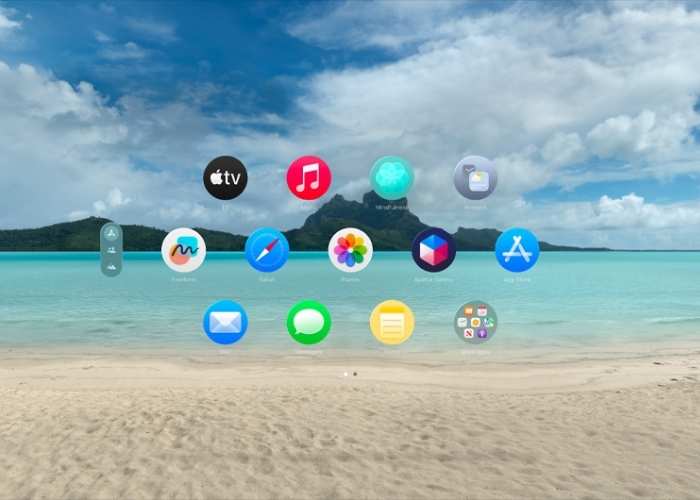
Enterprise & Productivity
Apple Vision Pro M5
- Focus on spatial workspace and virtual collaboration.
- Apple Intelligence boosts productivity (summaries, writing help, smart replies).
- Works with Magic Keyboard, Trackpad, and Mac wirelessly.
- Great for creative professionals, education, and business meetings.
Samsung Galaxy XR
- Designed for enterprise XR training, virtual collaboration, and industrial design.
- Partnerships with Samsung Heavy Industries (shipbuilding training).
- Uses Snapdragon Spaces™ for enterprise-level XR app development.
- Perfect for remote teamwork, design visualization, and 3D collaboration.
Verdict: Apple Vision Pro suits corporate users and creators, while Samsung Galaxy XR is ideal for industrial training and developer ecosystems.
Privacy & Security
Apple Vision Pro M5
- Uses Optic ID — secure iris-based authentication stored in Secure Enclave.
- On-device processing for privacy (no data sent to cloud).
- Eye tracking data not shared with apps.
- Accessibility features: VoiceOver, Live Captions, Color Filters, etc.
Samsung Galaxy XR
- Supports iris recognition for unlocking and app access.
- Runs on Android security framework.
- Privacy depends on Google and Samsung account settings.
Verdict: Apple Vision Pro M5 provides superior security through its on-device processing and Optic ID system.
Sustainability & Materials
- Apple Vision Pro M5:
- 100% recycled aluminum, cobalt, lithium, and rare earths.
- 100% fiber-based packaging.
- Carbon-neutral as part of Apple 2030 initiative.
- Samsung Galaxy XR:
- Eco-conscious design with recyclable materials.
- Focus on lightweight and repairable structure.
Verdict: Apple Vision Pro M5 leads sustainability efforts.
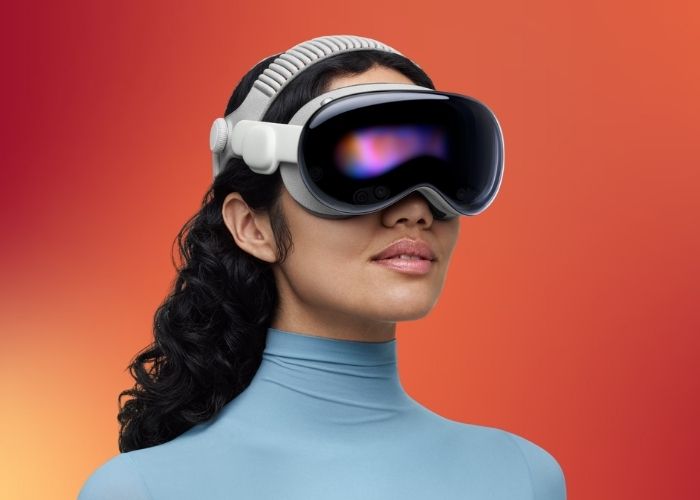
Price and Availability: Apple Vision Pro vs Samsung Galaxy XR
| Model | Starting Price (USD) | Indian Equivalent (approx.) | Platform |
|---|---|---|---|
| Apple Vision Pro M5 | $3,499 | ₹2.90 Lakh | visionOS 2.0 |
| Samsung Galaxy XR 2025 | $1,799.99 | ₹1.49 Lakh | Android XR (Gemini AI) |
Final Verdict: Apple Vision Pro M5 vs Samsung Galaxy XR — Which XR Headset Wins?
| Category | Winner |
|---|---|
| Design & Comfort | Samsung Galaxy XR |
| Display & Visuals | Slight Edge: Samsung Galaxy XR |
| Performance & Power | Apple Vision Pro M5 |
| AI Experience | Samsung Galaxy XR |
| Battery Life | Apple Vision Pro M5 |
| Audio & Sound | Apple Vision Pro M5 |
| Apps & Ecosystem | Apple Vision Pro M5 |
| Enterprise & Training | Samsung Galaxy XR |
| Privacy & Security | Apple Vision Pro M5 |
| Value & Flexibility | Samsung Galaxy XR |
Conclusion
Both Apple Vision Pro M5 and Samsung Galaxy XR represent the pinnacle of AI-driven XR innovation in 2025.
- Apple focuses on premium ecosystem integration, privacy, and cinematic quality, ideal for professionals and creative users.
- Samsung takes a bold leap into open, AI-powered multimodal experiences that redefine everyday interaction and enterprise training.
If you’re deep into the Apple ecosystem, Vision Pro M5 is the ultimate choice.
If you prefer Android, Google, or open development platforms, the Samsung Galaxy XR is your window into the next-gen immersive future.
Read more: Moto Edge 70 Launching in India Soon: The Slim Phone That Rivals iPhone Air and Galaxy S25 Edge
Apple Set to Launch M5 iPad Pro MacBook Pro and Vision Pro in October 2025
FAQs
1. Which headset is better for gaming — Apple Vision Pro or Samsung Galaxy XR?
Samsung Galaxy XR offers AI-enhanced real-time coaching and immersive controls, while Apple Vision Pro provides higher-quality visuals and smooth performance.
2. Can both headsets be used for work and productivity?
Yes. Apple’s visionOS 26 integrates Mac and iPad workflows, while Samsung’s Android XR supports enterprise apps and industrial training.
3. Which has better battery life?
Apple Vision Pro M5 lasts slightly longer with up to 3 hours of video playback.
4. Do both support AI voice and gesture control?
Absolutely. Apple uses Apple Intelligence, while Samsung integrates Gemini AI for multimodal input (voice, vision, gesture).
5. Which one should I buy in 2025?
Choose Apple Vision Pro M5 for creative, cinematic, or professional use.
Choose Samsung Galaxy XR for open-source flexibility, AI-first experience, and enterprise scalability

